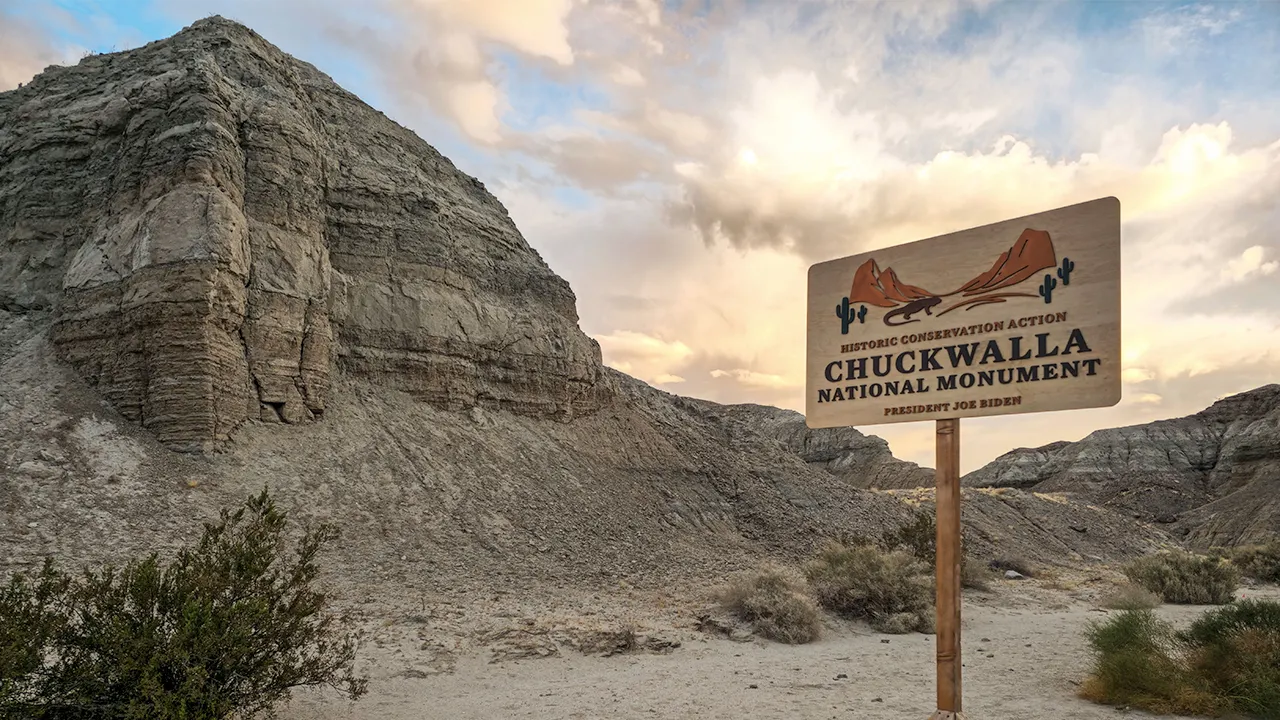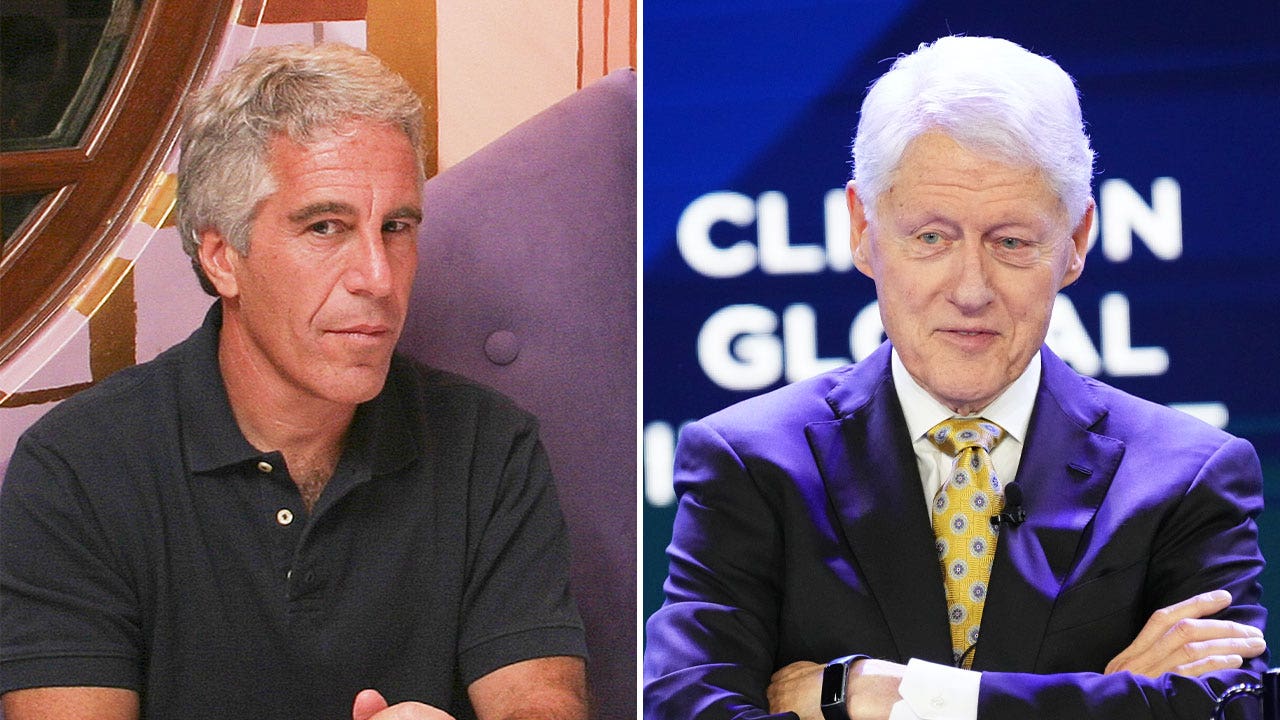Trump can revoke Biden’s monuments, new Justice Department opinion says

The recent decision by the Justice Department to allow President Donald Trump to abolish national monuments established by former President Joe Biden has sparked controversy and concern among lawmakers and environmental advocates.
In the final days of his presidency, Biden designated the Chuckwalla National Monument and the Sáttítla Highlands National Monument in California, covering hundreds of thousands of acres of land. The Chuckwalla National Monument spans over 624,000 acres, while the Sáttítla Highlands National Monument covers 224,000 acres.
The Trump DOJ’s legal opinion, which was released on Tuesday, stated that presidents have the power to revoke monuments designated by previous presidents under the Antiquities Act of 1906. Deputy Assistant Attorney General Lanora Pettit argued that the power to declare carries with it the power to revoke, overturning a 1938 determination that presidents did not have the authority to abolish monuments.
This decision has drawn backlash from Senator Martin Heinrich, who criticized the Trump administration for attempting to erase national monuments. Heinrich emphasized the importance of national monuments in preserving history, supporting local economies, and connecting Americans to the land.
The legal opinion also criticized Biden’s reasons for designating the sites as national monuments, questioning the focus on outdoor recreational activities like biking, hiking, hunting, and camping. Pettit argued that these activities were unrelated to the protection of scientific or historical monuments.
While it remains unclear if or when Trump will revoke the status of the two monuments established by Biden, White House spokesperson Harrison Fields hinted at the administration’s intention to open federal lands for oil, gas, coal, geothermal, and mineral leasing.
The debate over the fate of these national monuments reflects broader tensions between conservation efforts and resource extraction on public lands. As the issue continues to unfold, it will be crucial for policymakers to consider the long-term implications of their decisions on the environment and local communities.




